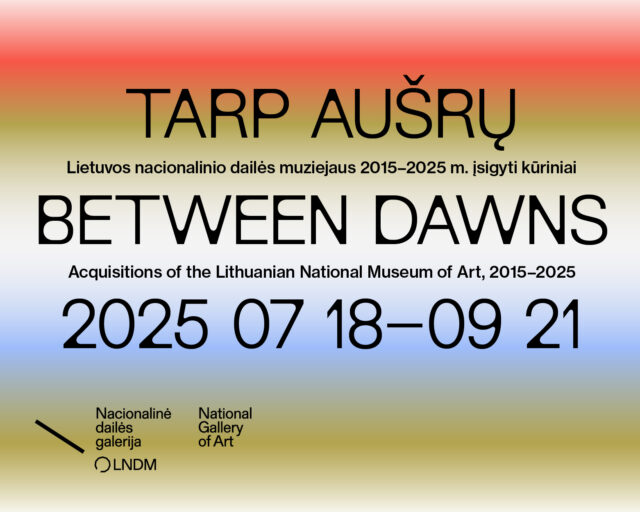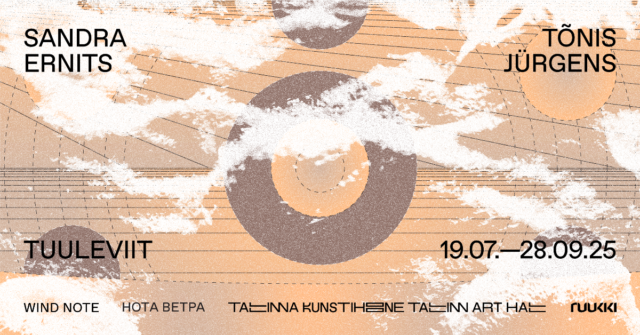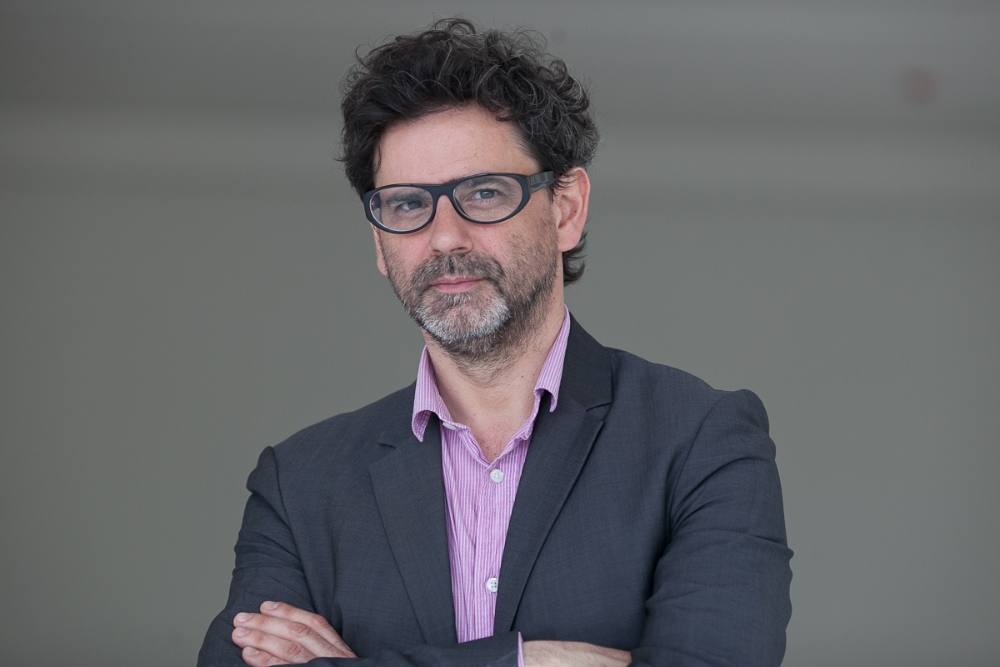
From an under-spoken, mysterious organisation that had no permanent space and held gatherings and lectures around the town, Rupert recently turned institionalized. With a new building constructed on the outskirts of Vilnius and a newly appointed director it is becoming a player in both local and international art scene.
As it is a new institution entering the local art scene, how do you imagine the role of Rupert in this context? Rupert is in contact with Contemporary Art Center, the National Gallery of Art, The Gardens. In what ways are you collaborating?
As you said, we are now more institutionalized and, at this point, with a program of residencies and a gallery, we intend to be more than an educational instructor. It would be more accurate, though, to call Rupert‘s gallery a project space, avoiding the commercial undertone. We respect it, but it’s not our goal. I would like to uphold the experimental character of Rupert. It is true that since the last year, the time when the institution was born, we have become more institutional, but I think it is possible to be institutional and experimental at the same time.
As to working in a context, of course we have to be in a very close contact with other institutions here. How, when and under what strategies – it is something we still need to figure out. Some members of the institutions you’ve mentioned are on our board as partners.
Again, Rupert is an educational institution, a center of knowledge different from the Academy, paracademic maybe, but of course we need to collaborate with them. Rupert was set up to provide emerging artists in Vilnius with an opportunity to develop their practice in an environment that stimulates dialogue and exchange of ideas. This year we will start including international participants so that local ones have an opportunity to work alongside international peers who often share different perspectives, references and methodologies.
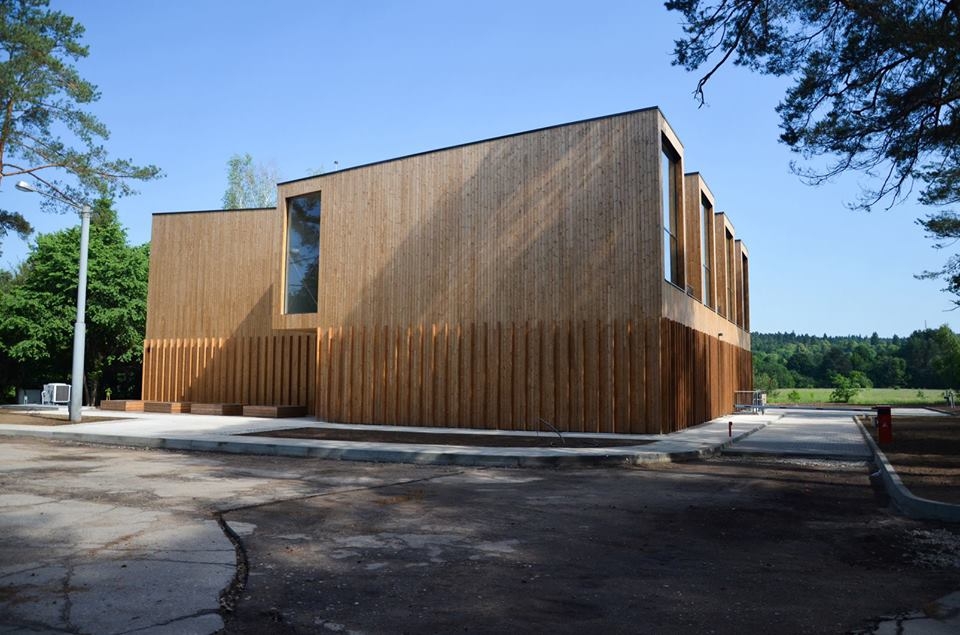
Vilnius based educational exhibition center and residency Rupert, photograph by Rokas Milius, kinfo.lt
Does it attempt to create an alternative to the Academy then?
Well, I wouldn’t say an alternative, I am aware of the importance of academies within educational framework in Lithuania and anywhere else. It’s not an alternative, it’s a new model which can perfectly coexist in paralel to the academic one. All of us are working in the field of education, only the contexts differ; we are not competing, though, on the contrary, I expect to have some teachers from the Academy to be lecturers in our program.
Setting up links with other institutions, with the city and even with other non-artistic institutions is one of our intentions. We are working with something related to extra-artistic practices, which we expect to develop during those several months of educational or residency programs.
What do you mean, extra-artistic, can you tell me more about it?
Well, maybe it’s too early to go into details, as we are still in a process. We are currently applying for the Ministry of Culture support with five projects, most of which are art projects, but there is also a possibility to work in between artistic and social spheres. Basically we are working with several institutions that are not art-related. That interests me hugely and I have experience in this from several countries. Just to give you an example, as a director of EACC (Contemporary Art Space Castelló), I did plan some projects for the public sphere. And, of course, not in the sense of decorating the city, but mainly collaborating with other institutions and local agents. I did a project with a Spanish artis, Josep María Martin, six or seven years ago, in a context of the main hospital in Castelló that resulted in creating a new space for dealing with emotions.
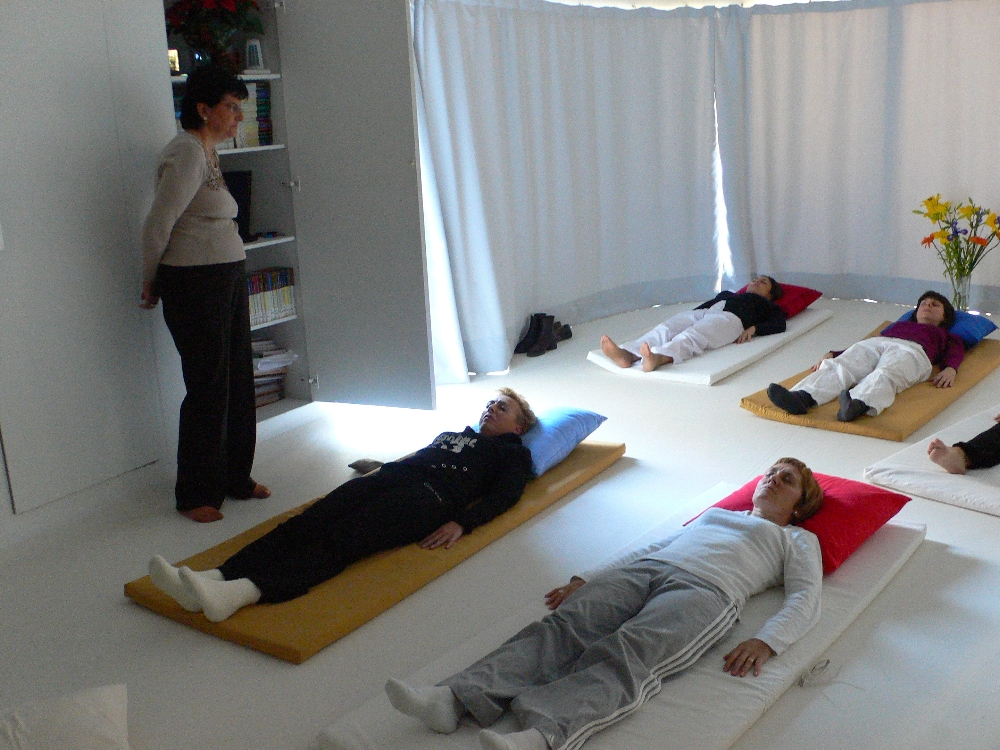
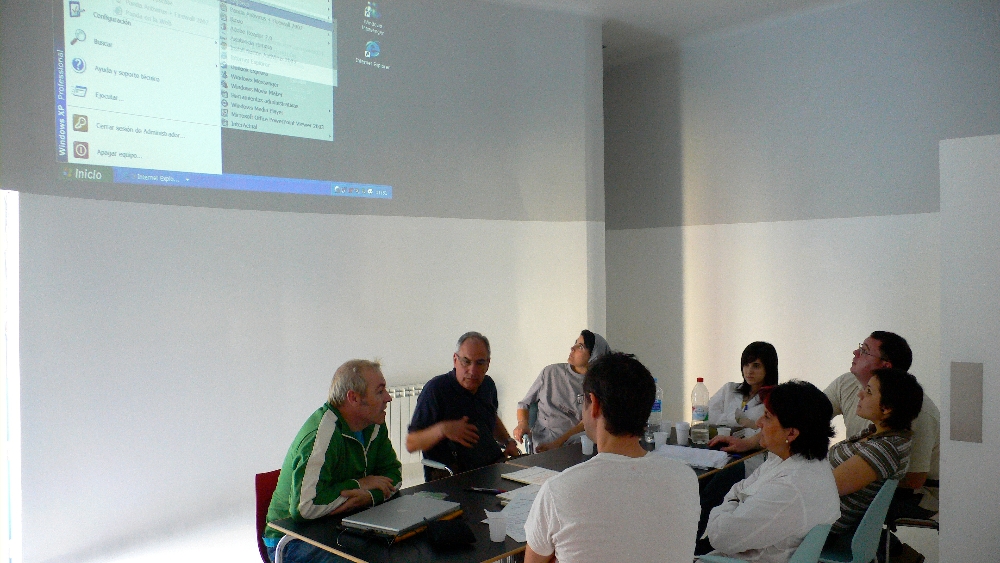
Josep-Maria Martin,
Prototype for an Emotion Management Space at the provintial hospital in Castellón, Spain, 2007
We have built this temporal space in the hospital, like a sort of parasite, that could be used by patients and their relatives, employees, etc., for private and/or public purposes. So this is actually the way I understand public art. A contemporary art center or center devoted to contemporary practices must be open to the city society, it’s not a matter of feeding ourselves with contemporary art. It’s a matter of being public, it’s a matter of including people.
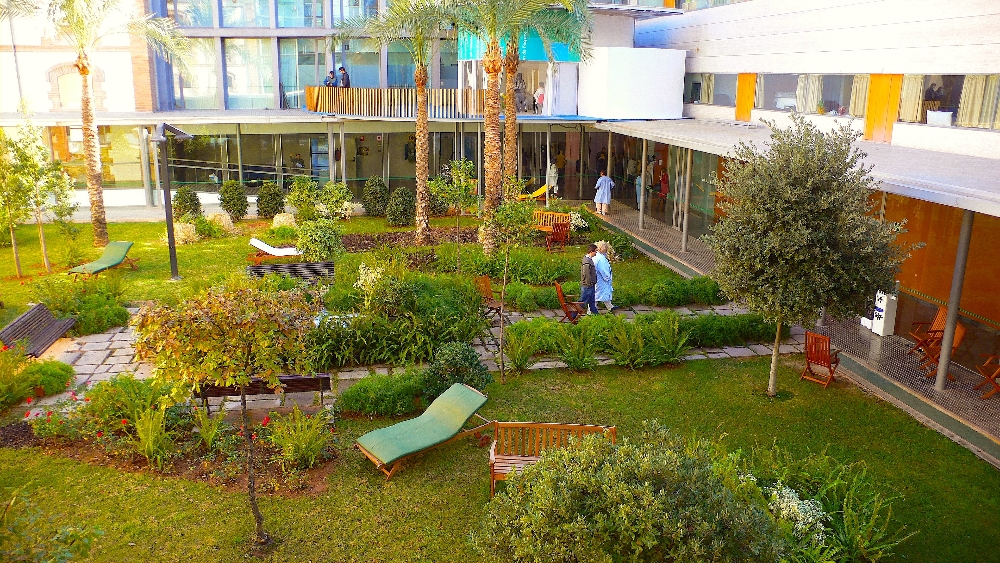
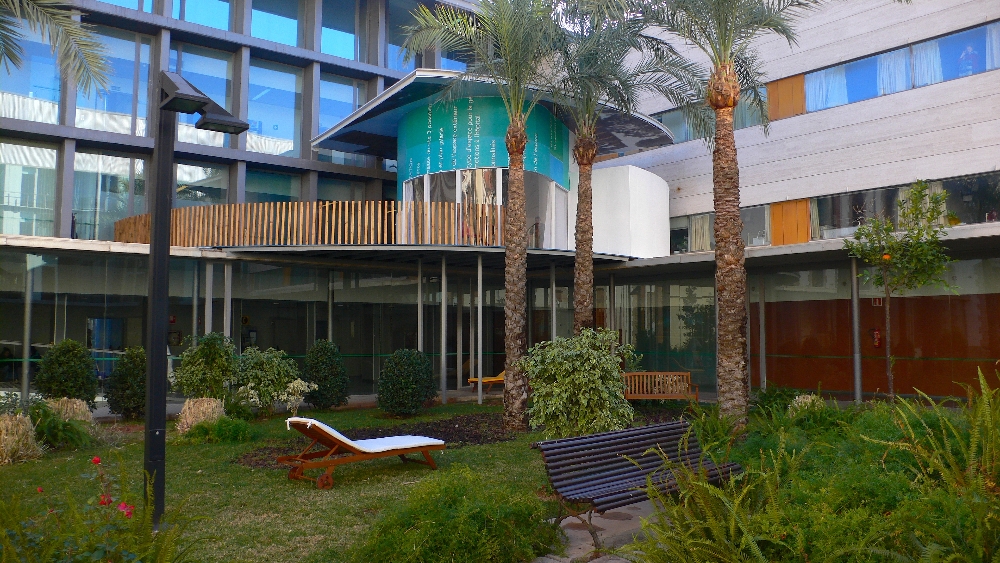
Josep-Maria Martin,
Prototype for an Emotion Management Space at the provintial hospital in Castellón, Spain, 2007
Still, contemporary art scene is isolated here and, in large part, anywhere else. Perhaps Britain is more into bringing art to the public…
…and France or Germany. I think there are quite interesting examples in the Nordic countries as well; we can’t forget this connection between art and real life. I think, despite a particular topic thouched upon in the artwork, it is very important to embrace community – this is one of my main goals as the director of Rupert – any director of an institution or a museum has to find their own answers to this very question.
Engaging people, particularly specific agents from diverse fields, is something really organic, often ad hoc and chaotic, sometimes with very little happening for months. Community arts development needs to be evolutionary, keep the community project alive and open-ended.
A year ago, “Interformat” symposium in Nida Art Colony gathered remote art center leaders – both from residencies and centers’ sattelites in periphery. For me, the most interesting thing to think about was in fact their relation with the community. There were two different cases from the UK, Wysing Arts Centre and Grizedale Arts. Wysing was set up as Tate’s sattelite in that area and it interacts with local people, arranges meetings with them, but it’s more set apart from this environment. I had the impression that institution expose them in a way. And in Grizedale, they would interact with the local community life by participating in local festivities and events, arranging the space for them, but the result has more to do with design. Perhaps it helps to build good relationship with the community, people come to see exhibitions at the gallery then. The question remains – how far can you intervene and what position should an institution take towards the local community?
How to transmit contemporary art practices – this has undenieably been one of the main topics for art institutions over the last decades. And in my opinion, it can never happen if you assume a superior position, one of teaching “ordinary” people about what contemporary art is. Constructive strategy means involving people from different fields, being proactive. And, of course, it’s not a magic solution, but it is really possible and neccesary to work with all the audiences. And while working within a social sphere, you don’t have to bother yourself about bad results or getting too much into “formal” solutions. Because the task is not to create an artistic community, where every member would be an artist – it is to learn from them and then expect them to learn from us.
Another project that we did in Spain within this program for public dimension was about exploring the concept of popular festivals and folklore and their specific implications in that particular context, the city of Castellón. We wished to examine several actions within the framework of this local annual festival, engaging directly in different rituals and processes of the Magdalena Festival. These actions involved creating a shared dynamic between popular tradition and initiatives of the working group. To this end, the creation of the monument, the meal and the party that make up the festival take on a performative sense and identity in which the whole city is invited to take part. Traditions play a huge role as at least 90 percent of the community participate, so how to reach them? It might sound pretentious, but we really succeeded, and it proved to help develop a dialogue, because a lot of people got curious about the things we were doing in the context of the museum. It becomes like a constant flux of ideas.
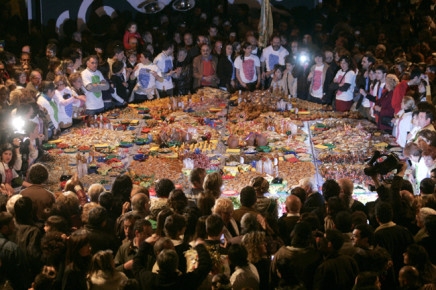
Antoni Miralda and collaborators,
La Gaiata Pelegrina Project, Castellón, Spain, 2007
I’m thinking about the phenomenon of residencies, where you come into contact with community too. In large part, it’s about seeing other places, sightseeing, to put it simply.
Artist as a tourist, you mean? I would prefer to put it as artists-travellers. The very idea of residency is really good. There’s a great network of residencies in Latin America, for instance, where the context is quite precarious in most cases. In some countries there, it is the only way for local artists to connect with artists from elsewhere. It’s an opportunity to share knowledge.
In residencies, one’s work becomes connected to the location in a way, but there’s also a huge risk of becoming superficial, as residents are new-comers. How to avoid the loss of authenticity, in the sense discussed in Jurij Dobriakov’s ”A spectral glossary on critical tourism”?
There is a risk of being superficial in anything. But art is about taking risks! This model of residencies based outside the art context is very interesting. I’m sort of an apologist when it comes to working in non-artistic contexts. There is something I always mention when I’m interviewed – I have had some nice experience in my career of doing tutorials with young artists. Actually I already did some studio visits here over the course of last month and I met some students from the Academy. I always ask young artists to explain to me well, why do they want to go, say, to Berlin or London. In my opinion, you can have an incredible experience in Nida Art Colony as well as somewhere in Ukraine or Mongolia, it all depends on the people and one’s capacity to interact with the context. But first of all, let’s focus on knowledge. I understand that young artists who have just finished their studies in the Academy want to be in the market, relevant in the context, but it is much more important to reflecton your practice, whatever the context. You can be in touch with people, in the network, but at the same time, you must try to reflect on why you are an artist in the first place. That’s the important question.
Rupert is constructed in a way to support the career part, so what are the criteria in selecting participants?
We are asking for an idea to develop and our goal is to support the participants together with our partners and lecturers and to put them in contact with other structures and fields all over the world. Last year each of the six artists in the educational program implemented their individual projects. Right now, you can see an exhibition by Gediminas G. Akstinas at CAC Reading Room, something he came up with after the research he did in Rupert, I suppose.
Three or four months ago, before ending the course, Rupert had a possibility to apply for a Ministry of Culture grant and the participants of the first edition are going to Columbia University in September to do a project as a group. The structure of Rupert helped them find a partner. Rupert doesn’t end in Rupert.
But are there pre-determined criteria, something that defines ”high-value” art for Rupert?
No. We are looking for excellence, but not in some particular criterion or field. We are looking for a mixed group, actually. If you look at our open call, the word that we use is not only artists, but thinkers. So a curator is as much a thinker as an artist, architect, graphic designer, philosopher, writer, so our aim is to create a sort of a multi-community. I guess that most of them are going to be artists, but we will be open to others as well. If we receive an application from an artist working in one media without any interest for interacting with other fields… that doesn’t sound very interesting to us. In general, though, people from contemporary art field are quite open to other disciplines. We don’t have prejudices about architecture, design or philosophy, on the contrary. So if an architect applies, he or she is very welcome, as long as they are able to embrace the complexity of the creative field.
Lets return to your previous work. Working at Rupert, I imagine, must be a completely different experience than in EACC (Contemporary Art Space Castelló); even though you can draw parallels between their statements, not only do they differ in institutional profiles, but also the situation of coming to an alien cultural environment is something that requires reconsideration. Can you agree? How is it different from leading an institution within one’s own environment?
As to my my personal experience, during my first, even second and third weeks here, I gradually realised that Vilnius, or at least the field I was involved in, was just like in any other city I have lived and worked in before. Then I started to feel some differences, which is understandable, and you have to deal with it. Just to give you an example, one of the projects we are working on now is about an elderly people’s house in Vilnius intended for expatriates who were forced to leave the country after World War Two. This is someting contextual, connected to the history of this place, though similar situations ocurred in Spain after the Civil War when people fled to Latin America from the dictatorship of Franco. The only way to act in the present is by understanding the past. For me this is like a statement.
Do you think there can be progress in art? Or is it rather evolution?
Art is always related to the present, I mean everything is related to the context of the time. I don’t know if there is evolution in art, but art should always react to the present. Ever changing and related to political, social issues – this is art.
For more information about Rupert and open call for applications see here.














